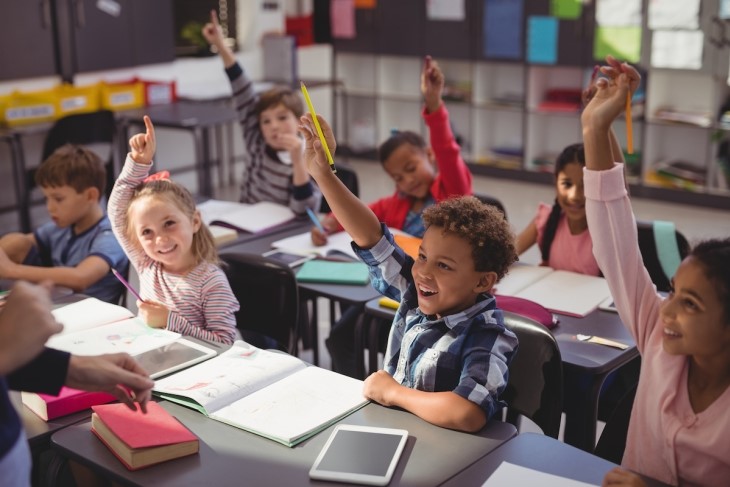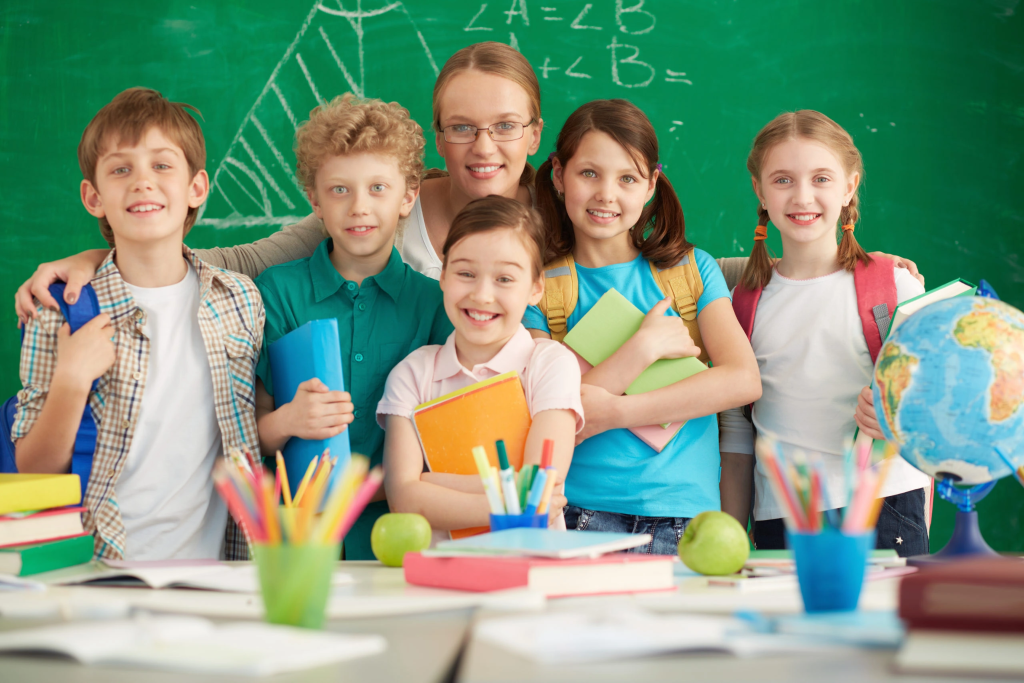Welcome to our blog post on creating a safe and supportive school environment, where the power of social-emotional learning (SEL) education takes center stage! In this ever-evolving world, it is critical for schools to not only focus on academic achievements but also prioritize students’ emotional well-being. Join us as we dive into the transformative role social and emotional learning courses play in nurturing empathetic leaders, fostering inclusive communities, and equipping young minds with vital skills that will shape their future success. Get ready to explore how SEL education can revolutionize classrooms and create an environment where every student thrives!
Why is a Safe and Supportive School Environment Important?
A safe and supportive school environment is crucial for the overall well-being and success of students. It not only ensures physical safety but also promotes emotional, social, and academic growth. In this section, we will explore the importance of a safe and supportive school environment in detail.
- Promotes Positive Mental Health: A safe and supportive school environment plays a vital role in promoting positive mental health among students. When students feel safe, accepted, and supported at school, they are more likely to have a positive self-image and higher self-esteem. This can lead to reduced anxiety and stress levels, better social relationships, improved focus on academics, and overall happiness.
- Enhances Academic Performance: A school environment that prioritizes safety and support can greatly impact student academic performance. When students feel secure at school, they are more likely to attend regularly, actively participate in class discussions, take risks with their learning, and seek help when needed. This creates an ideal learning atmosphere that enables students to reach their full potential.
Creating a Positive School Climate through SEL

Creating a positive school climate is essential for promoting the overall well-being and success of students, teachers, and staff. A school environment that fosters social and emotional learning (SEL) has been shown to improve academic achievement, reduce behavioral issues, and enhance the overall sense of belonging and connectedness within the school community.
So, what exactly is sel in schools? SEL is a process through which individuals learn to recognize and manage their emotions, build healthy relationships, make responsible decisions, and develop empathy towards others. It encompasses a set of skills that are crucial for navigating through life’s challenges successfully.
Incorporating SEL into schools can have a significant impact on creating a safe and supportive learning environment. Here are some ways in which SEL can contribute to building a positive school climate:
- Promotes Positive Relationships: One of the key aspects of SEL is fostering healthy relationships between students and between students and teachers. By teaching students about effective communication skills, active listening, problem-solving techniques, and conflict resolution strategies – they learn how to build strong connections with others. This not only creates a more harmonious atmosphere in classrooms but also promotes trust among all members of the school community.
- Encourages Empathy: The ability to understand and empathize with others’ feelings is an essential skill for creating a positive school culture. Through SEL activities such as role-playing or perspective-taking exercises, students learn to see things from different points of view – leading to increased compassion towards their peers.
Conclusion: The Importance of Prioritizing SEL in Schools
The implementation of social and emotional learning (SEL) in schools is crucial for creating a safe and supportive school environment. SEL equips students with essential life skills that enable them to thrive academically, emotionally, and socially.
Firstly, SEL helps to foster positive relationships between students and teachers. When students feel connected to their teachers, they are more likely to trust and confide in them. This can lead to better communication and understanding between all parties involved, resulting in a more harmonious school community.
You may also like
-
Understanding the Importance of Socializing During College
-
Essay Writing Pitfalls in Law Assignments: How to Avoid Common Mistakes
-
Custom Writing Solutions for Every Student: Breaking Down the Myths
-
Beyond the Basics: Unveiling the Power of Dissertation Consulting Services
-
Revolutionizing Academic Excellence: Unveiling the Power of Nursing Assignment Services

